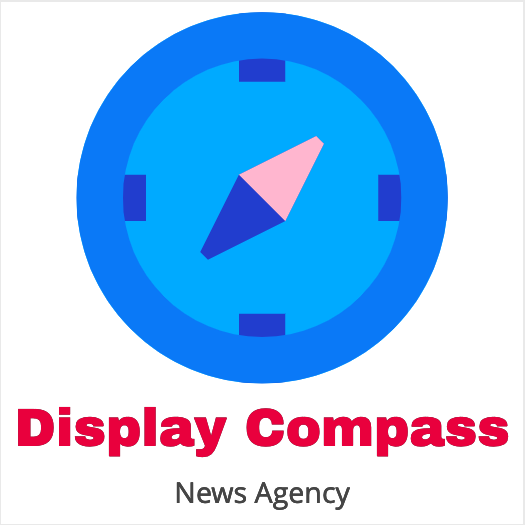Push Notification Traffic Sources: What?
Push notification platforms or networks allow advertisers to deliver promotional messages to users who have opted in for publisher or app alerts. These sources connect marketers and users. They collect enormous subscriber bases from websites, apps, and browser push services and provide customized traffic to marketers.
A device joins a subscriber list when a user accepts alerts. These subscribers are categorized by location, device type, OS, browser, and user interests by traffic networks. Push advertising let advertisers target these specialized demographics.
How Push Notification Traffic Works
Push notification traffic generation requires many phases. Publishers or app owners request authorization via browser prompts or in-app communications. Once consumers opt in, they can receive notifications even when not using the website or app. Push traffic has a distinct benefit over display advertisements, which need visitors to be on a website.
After choosing country, device, OS, or behavioral interests, advertisers build up push network campaigns.
They provide notifications with brief, appealing ads and little graphics or symbols. The network notifies subscribers when the campaign begins. If the notice catches the user’s eye, they click and visit the advertiser’s landing page or offer. The clicks and conversions from user participation boost push traffic.
Types of Push Notification Traffic Sources
Web push and app push account for most push notification traffic.
Websites send push alerts to desktop browsers like Chrome, Firefox, and Edge or Android mobile browsers. These messages are extremely apparent even when the user is not surfing the page. Web push’s enormous reach makes it the most prevalent traffic source for affiliate marketing and performance advertising.
App Mobile apps send push alerts. When installing or using the app, users consent to updates, promotions, and notifications. App push has greater engagement rates, but app creators or specialist ad networks manage these audiences.
Popular Push Notification Traffic: Why?
Push notification traffic sources are attractive for several reasons. First, they rapidly display messages on the user’s screen for great exposure. Second, they use a cost-effective bidding methodology, usually CPC, letting marketers control expenditure while targeting big audiences. Third, push notifications are strong in an era of increased privacy regulations because they don’t use cookies.
Notifications also increase engagement and click-through rates compared to display advertising. Push advertising may also promote app downloads, eCommerce discounts, financial services, sweepstakes, and more.
Conclusion
Marketers looking for high-quality, scalable, and cost-effective visitors might use push notification sources. These sources establish a compelling and timely direct communication route between advertisers and opt-in users via web and app alerts. Marketing tactics improve when marketers understand how push networks attract subscribers, distribute messages, and segment consumers. Push notifications continue to attract targeted visitors and increase conversions as digital marketing evolves.

